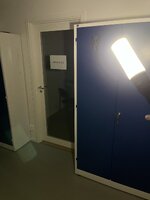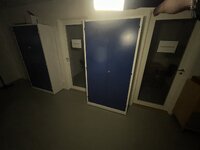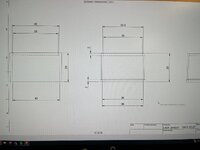- Joined
- May 4, 2014
- Messages
- 661
Hello once more one and all. I was messing around at work per usual today, having a few minutes left after most work was done i turned an old spice jar on the lathe to get rid of the design on the outside, the ID quite perfectly fitting on my Streamlight Stinger.
Doing this a thought popped up again though, why is it that expandable wands/diffusers are pretty much impossible to find? Hasbro has managed to make it on Star Wars toys for ages now, surely there would be a market for a 1' diffuser that can fold down to 1", it'd allow you to use your flashlight as a fluorescent light pretty much and allow for even spread over a larger area without having to rely on ceiling bounce.
Doing this a thought popped up again though, why is it that expandable wands/diffusers are pretty much impossible to find? Hasbro has managed to make it on Star Wars toys for ages now, surely there would be a market for a 1' diffuser that can fold down to 1", it'd allow you to use your flashlight as a fluorescent light pretty much and allow for even spread over a larger area without having to rely on ceiling bounce.





